Recently, we tried to shed some light on German copyright law; in areas of music as well as film and photo. However, we have not yet considered the latest changes, which have been in force since June 7th. We are talking about the “Adaptation of Copyright to the Requirements of the Digital Single Market”, which were already decided by the EU in September 2016. The core of the so-called DSM Directive is the question of liability in the event of copyright infringements in the digital space. Until now, digital content containing intellectual property has been able to circulate relatively freely on the Internet without the holder of rights having a monetary share in the value creation. Blocking such content was usually only possible with great effort and a court decision.
The DSM Directive now makes it unmistakably clear: the upload platforms are liable, not the users. However, this regulation has caused heated discussions and battles in recent years, which were conducted along the dichotomy of freedom of expression and copyright. Upload platforms should deploy upload filters whose algorithms can scan content for the illegal use of others’ intellectual property before publication. If such content is detected, the upload is blocked. The fear was that this would lead to over-blocking, i.e. content would also be blocked that should not necessarily have been blocked, as in the case of parody and satire, thus massively restricting freedom of expression and artistic freedom on the Internet.
IS THE EU CENSORING THE INTERNET?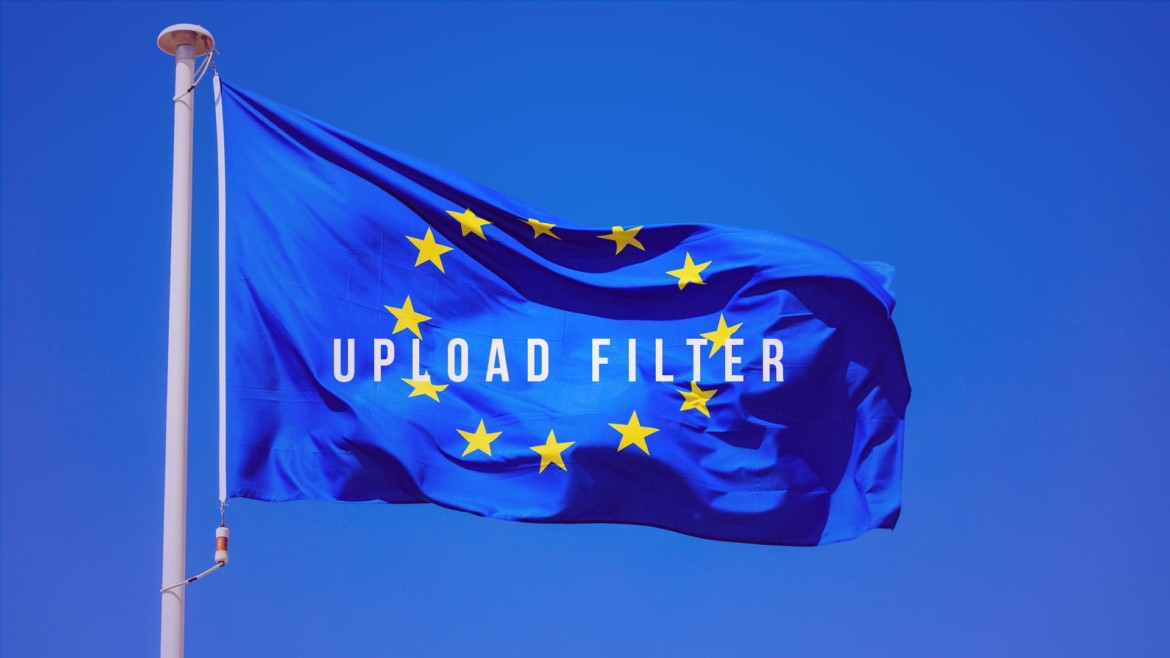
The accusation that the European Union wanted to censor the Internet with the upload filters was certainly a somewhat inflammatory accusation. After all, these filters have been used by platforms for a very long time and were not a new idea from the EU. However, the fear of over-blocking was of course justified, as corporations usually want to avoid legal disputes. Ergo: better to block content once more than to be held liable in the end.
Today, the EU sells the accusation of censorship as a misunderstanding. Nevertheless, after the great outcry of the Internet communities, the EU has made further improvements and specified the rules for the upload filters. Although the result is somewhat complicated at first glance, it seems to have mastered the difficult balancing act between the interests of creative artists and holders of rights and freedom of expression and culture in the digital space. Now, of course, it remains to be seen how the adjustments will be implemented in practice.
PRESUMABLY PERMITTED CONTENT
As we explained in the last two posts on copyright, this is a lot about licensing. And also here there is a – more or less – clear regulation for the upload platforms. They are not supposed to simply use upload filters, but are now required by law to make “reasonable efforts” to acquire licenses, as explained in the FAQ on said law. This includes checking whether there are corresponding offers from the collecting societies or publishers. The upload filters would therefore only be used if licensing in this way is not possible or unreasonable.
But even if licensing could not be achieved, the algorithms of the upload filters must not proceed with the rigor once feared, but must be “sensitized” to the purpose of the content. After all, as I said, not all content that contains other people’s intellectual property is illegal and must be blocked. Certain content is “presumed” to be legal in the text of the law, provided that it meets certain requirements.
This is the case if less than half of someone else’s work is used and combined with parts of other works or your own content, such as a meme. And it also applies if the third-party content is marked as permitted via flagging. Such uses are “presumed permitted” and must not be blocked by the filters. For the filters, this is technically no problem to recognize such a “presumably permitted use”. Only afterwards can an author file a complaint against the content with the platform. The platform then has one week to respond and make a decision. As always, this decision can be overturned in court.
SIMPLIFIED LICENSING

The regulation of “presumably permitted use” is intended to create a compromise between freedom of expression and artistic freedom as well as the control and monetization interests of the holder of rights. It is pleasing that the focus is on licensing. This allows creative artists to participate in value creation, from which they were previously excluded. It is now also much easier to have one’s own works blocked across the board if no license is available and the use is not desired by the holder of rights. The platforms are now obliged to block the content completely in such a case. The complicated court battles with each individual platform now lay in the past.
Licensing has also been simplified somewhat. As we had recently explained, multiple licenses have to be obtained for certain works because multiple creators are registered with different publishers or labels. With the adjustment, collective licenses can now also be granted by collecting societies. Thus, under certain conditions, licenses can be granted for a complete work, even if not all holders of rights are represented by the collecting society. This makes it easier to obtain licenses, and it also makes it possible to obtain licenses that were previously difficult to obtain because the persons concerned were unclear or could not be located.
THEFT OR PASTICHE?
There will be a need for discussion in the future about the category “pastiche”, which has been newly included in copyright law. A pastiche is, in a sense, an imitation of another work. The Mona Lisa made of Lego, for example, would be such an imitation. The idea or style of the original remains clearly recognizable, but is placed in an altered context or enriched with other elements. A pastiche can function both positively as an homage and critically or stultifyingly as a parody or satire. In the new text of the law, a pastiche is allowed. Some creators have expressed fears that this is a free pass to use other people’s material without a license if it is simply named as a pastiche. There will be a lot of need for clarification here in the future and possibly also legal disputes.
The new law also regulates many other issues. These include text and data mining for commercial and scientific purposes, a newly formulated press publisher performance protection law, and regulations on cable retransmission. Even though at first glance it all seems very complicated, as it commonly is in German law, and there will certainly be some points of contention, the new law seems to have strengthened the backs of creative professionals overall.

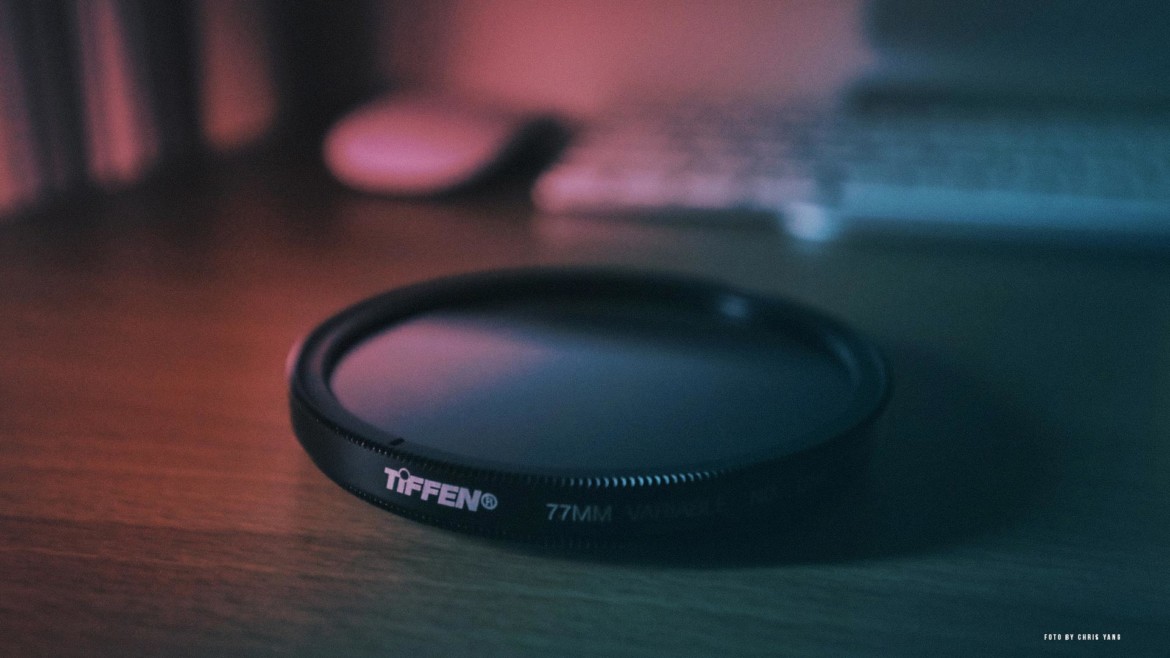
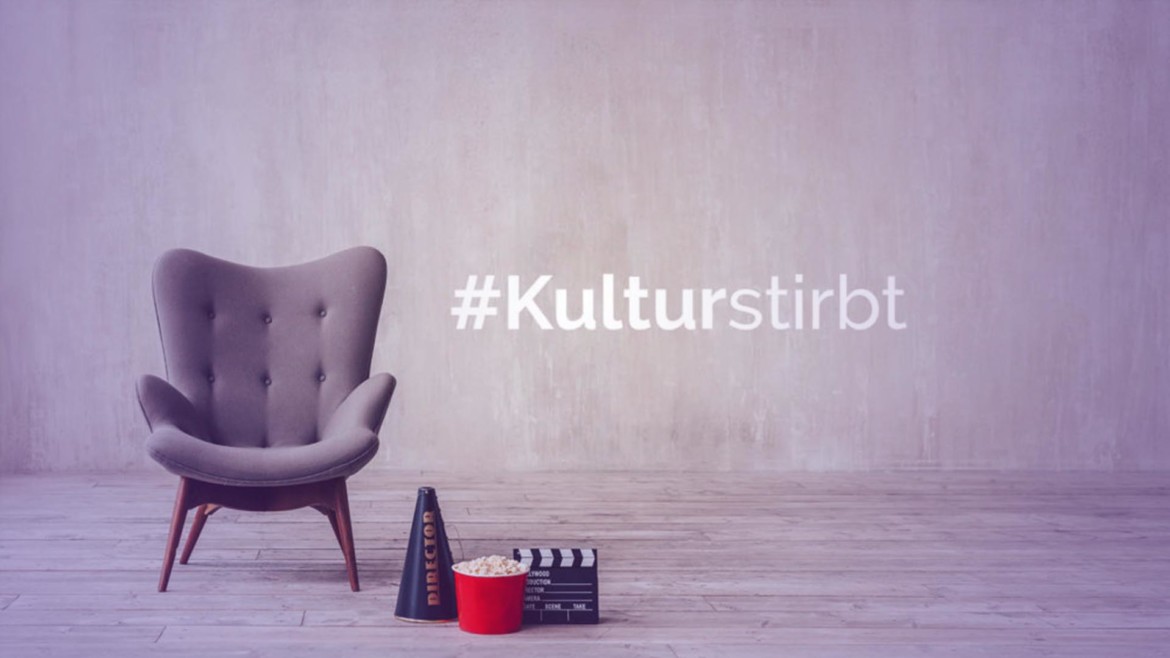
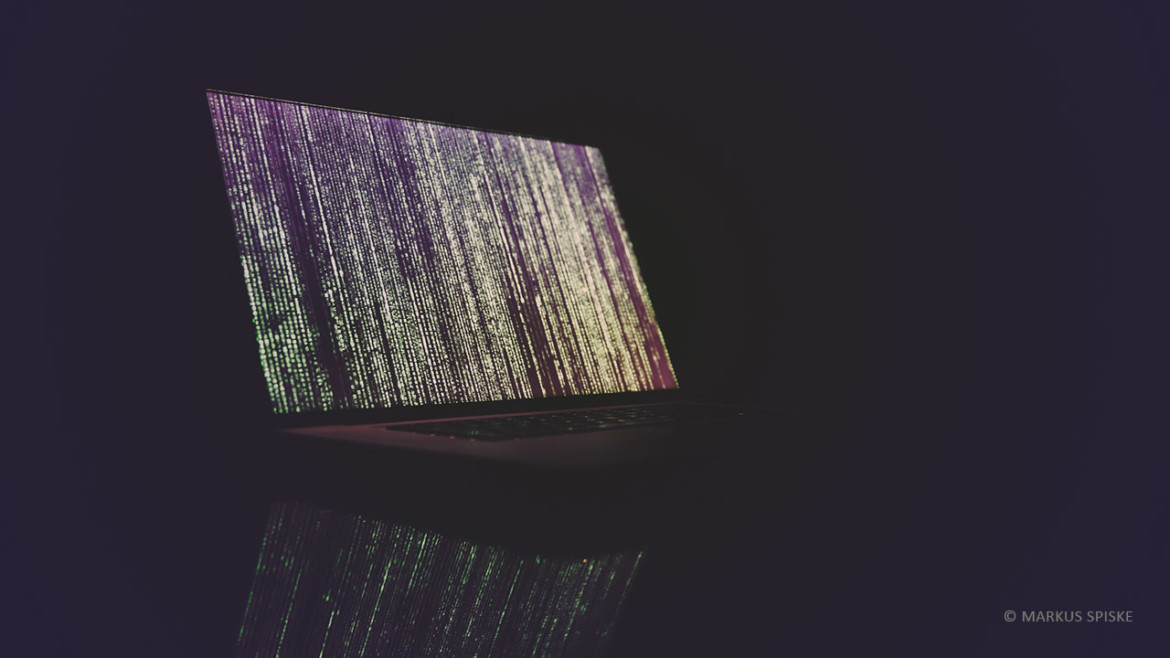
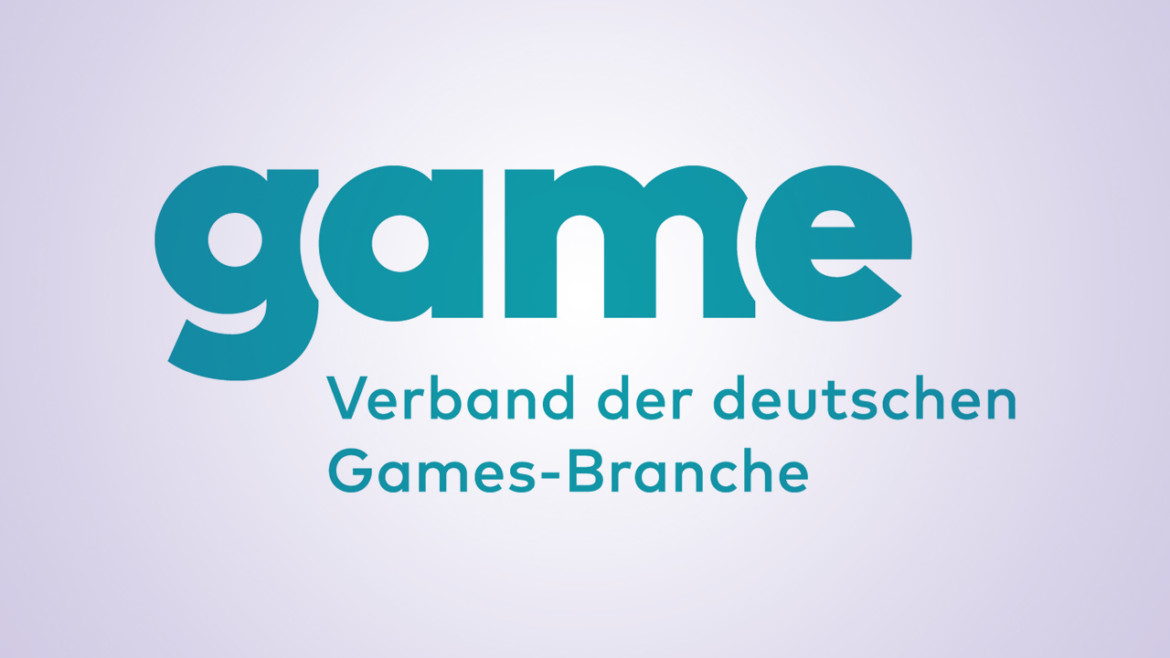

Leave a Reply